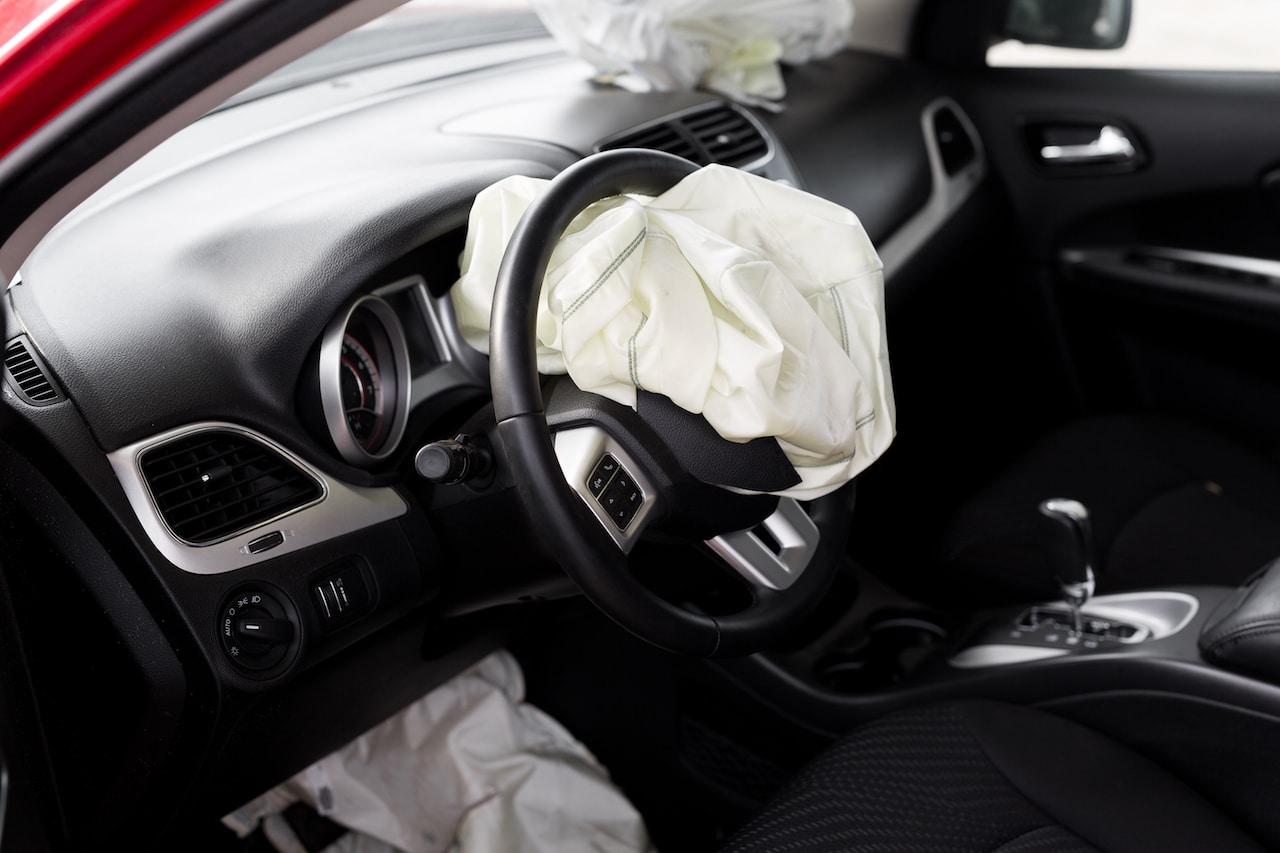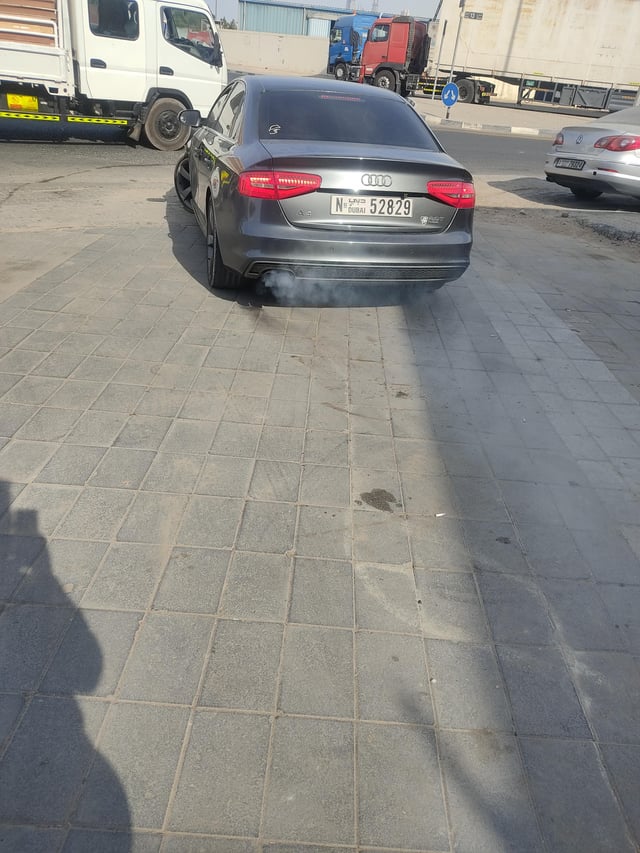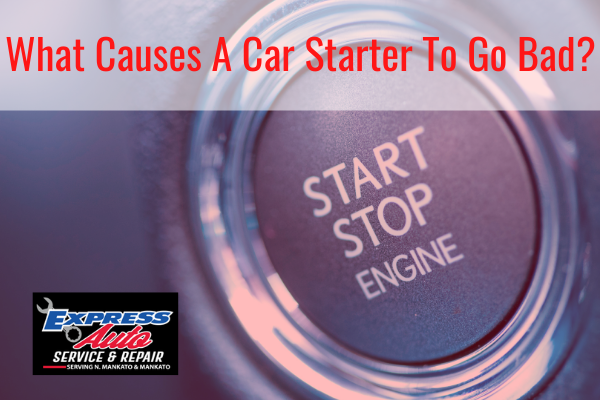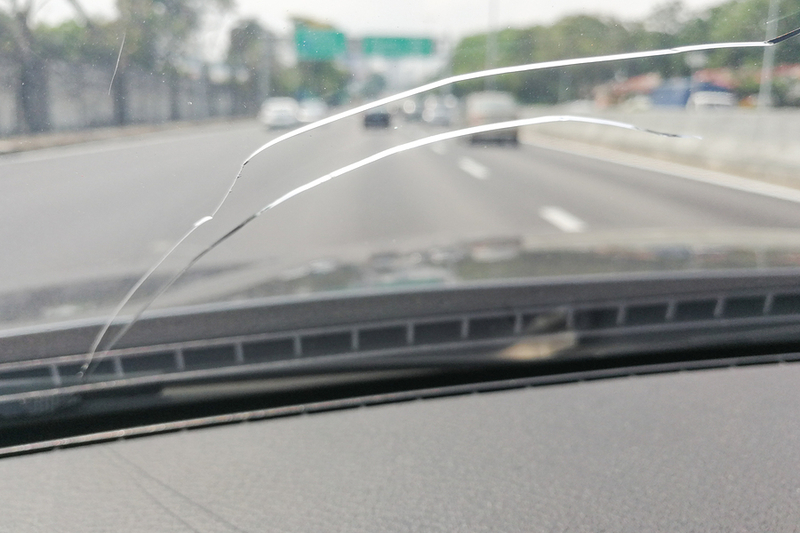How Do I Get My Car Repaired After an Accident
To get your car repaired after an accident, contact your insurance company and choose a reputable auto repair shop. Gather your insurance policy details, any accident reports, and the other driver’s information for a smooth process.
Experiencing a car accident is stressful, but having a clear plan for repairs can ease the situation. Begin by reporting the incident to your insurance provider, as they will guide you through their specific claims process. Selecting a trusted auto repair facility is crucial; you can opt for one recommended by your insurer or choose independently.
Ensure you have all necessary documents ready, including your insurance policy, any accident reports, and details of the other party involved. Your insurance adjuster will work with the repair shop to evaluate the damage and estimate costs. Remember to communicate efficiently with both parties to monitor the progress of your vehicle’s repairs, keeping an eye on quality and timelines. Follow these steps to navigate the post-accident repair journey effectively.
Immediate Steps After A Car Accident
Getting into a car accident can be overwhelming. Knowing the immediate steps to take can help you stay calm. Your safety is the priority, followed by documenting the event. Let’s go over these critical first steps.
Safety First: Assessing The Situation
Before anything else, ensure everyone’s safety. Check for injuries and move to a secure location if you’re in danger. Turn on your hazard lights. If needed, call emergency services right away. Here are some quick tips:
- Stay calm and check for injuries
- Move to a safe area, if possible
- Turn on hazard lights to alert others
- Contact emergency services immediately
Documentation: Gathering Information
Once safe, begin gathering important information. This is crucial for insurance claims and possible legal actions. Your smartphone is a great tool here. Take photos and note down the following details:
| Contact Information | Insurance Details | Vehicle Information | Accident Scene |
|---|---|---|---|
| Names, addresses, and phone numbers | Company names and policy numbers | Make, model, color, and registration | Location, debris, skid marks |
Also, get witness statements and contact details. They can be valuable later. Keep all this info safe for when you start the repair process.
“`
This HTML content is tailored to be straightforward and easy to understand, mirroring the way one might explain the steps to a child. The use of bold text highlights essential actions, while the table presents information in a clear and organized manner.
Insurance Procedures
Navigating through car repair after an accident begins with understanding insurance procedures. This guide simplifies what can often seem like a complex system. Remember, prompt and proper communication with your insurer is crucial. Follow these steps to ensure a smooth process and get back on the road swiftly.
Contacting Your Insurance Provider
Contacting Your Insurance Provider
Act quickly after an accident by informing your insurance company. Using the contact details on your insurance card is the best way to start. Provide them with initial details of the incident. They will guide you through the next steps.
- Gather important documents like your insurance policy, driver’s license, and vehicle registration.
- Document the accident scene with photos for a clearer picture of what happened.
- Be ready with a detailed description of the accident—this helps in accurate claim filing.
Filing a Claim: The Process
Filing A Claim: The Process
Filing a claim is a step-by-step journey. Here’s a breakdown to guide you along the way.
- Notify your insurer immediately after the accident.
- Complete the claim form provided by your insurance representative.
- Provide all necessary documentation as requested.
- Wait for the claim adjuster to assess the damage to your car.
- Obtain approval for repairs often through a network of approved garages.
| Stage | Action | Expected Outcome |
|---|---|---|
| Initial Contact | Inform insurer and submit details | Claim number assigned |
| Documentation | Submission of forms and photos | Documentation verified |
| Assessment | Adjuster evaluates damages | Repair cost estimated |
| Approval | Insurer approves claim | Green light for repair work |
Choosing A Repair Shop
After an accident, fixing your car is a top priority. Your choice of repair shop can make a big difference. This choice affects the quality of repairs and how quickly you’re back on the road. Now, let’s explore options and check credentials to find the best fit for you!
Dealership Vs. Independent Repair Shops
Dealerships and independent shops offer different benefits. Think about what matters most for your car repair needs. Let’s compare:
| Dealership Repair Shops | Independent Repair Shops |
|---|---|
| Specialize in specific car brands | Handle a wide variety of car makes |
| Often use original manufacturer parts | May use aftermarket or used parts |
| Technicians trained by the car manufacturer | Technicians with diverse repair experience |
| May be more expensive | Typically more cost-effective |
Evaluating Repair Shop Credentials
It’s important to check a shop’s qualifications. Here’s what you should look for:
- Certifications – Look for ASE (Automotive Service Excellence) or manufacturer-specific endorsements.
- Reviews – Read customer experiences online to gauge service quality.
- Warranty – Ensure they offer a solid warranty on repair work.
- Equipment – A good shop invests in the latest repair technology.
- Estimates – Reliable shops provide clear, itemized estimates upfront.
Understanding Your Repair Estimate
After an accident, the repair estimate represents the first step towards restoring your car. A detailed document, the estimate outlines the damage, the necessary repairs, and anticipated costs. Understanding this paperwork is crucial as it affects how much you pay and the quality of repairs received.
Parts And Labor: Breaking Down Costs
The backbone of any repair estimate lies in its breakdown of parts and labor. The estimate will list:
- Parts needed to fix the vehicle.
- Types of parts (OEM, aftermarket, or used).
- Costs associated with each part.
- Labor charges, often based on hourly rates.
Labor costs can vary significantly based on the repair shop’s location and certification. Parts can also widely range in price, especially if choosing between Original Equipment Manufacturer (OEM) or aftermarket components. Review your estimate to ensure each part and labor hour is justified and accurate.
Negotiating With Insurers And Repair Shops
Negotiations become vital when dealing with insurance companies and repair shops. Your estimate provides a foundation to start discussions. It’s possible to:
- Challenge any discrepancies.
- Request the use of OEM parts.
- Compare quotes from different shops.
- Discuss labor rates and timeframes.
Knowing the details of your estimate empowers you to advocate for fair repair costs. Maintain open communication and ensure all decisions are recorded. Remember: you have a say in your car’s repair journey.
Managing Without Your Vehicle
Experiencing a car accident leaves you with many concerns, one of which is getting around without your vehicle. While your car receives repairs, you need reliable transportation options. Stick to your daily routine with ease using these methods.
Rental Car Options
Access to a rental car can ease the inconvenience of not having your car. Here’s how to secure one:
- Contact your insurance to check if your policy covers rental cars.
- Look for rental car discounts through repair shops or partnerships.
- Select a rental that matches your needs, considering size and fuel efficiency.
Pro tip: Reserve your rental early as availability can vary.
Alternative Transportation Modes
If a rental isn’t an option, consider these alternatives:
| Mode | Pros | Cons |
|---|---|---|
| Public Transportation | Cost-effective, eco-friendly | May be time-consuming |
| Rideshare Services | Convenient, pay-per-ride | Costs can add up |
| Bicycles or Scooters | Healthy option, no traffic delays | Weather-dependent |
Also, ask friends or family for a ride. They might be happy to help.
Remember, your safety comes first. Choose options that best suit your daily commute and keep your routine undisrupted.
Post-repair Considerations
After an accident, car repairs are crucial for getting back on the road. Quality and safety cannot be compromised. Post-repair, there are steps to ensure that your vehicle is restored to its pre-accident condition. Here’s what to consider once your car comes out of the shop.
Picking Up Your Vehicle
Picking up your car is more than just receiving the keys. Follow this checklist:
- Review: Go over the repair list in detail.
- Inspect: Check the repair areas both visually and physically.
- Functionality: Test all repaired components to ensure they work.
Ensuring Quality Repairs
Quality is paramount after car repairs. Below are tips to assess repair quality.
- Match: Ensure paint and bodywork match the rest of the car.
- Alignment: Test drive to check the vehicle’s alignment.
- Guarantee: Confirm any warranties on the repair work.
Always ask for a detailed invoice with a breakdown of services rendered.
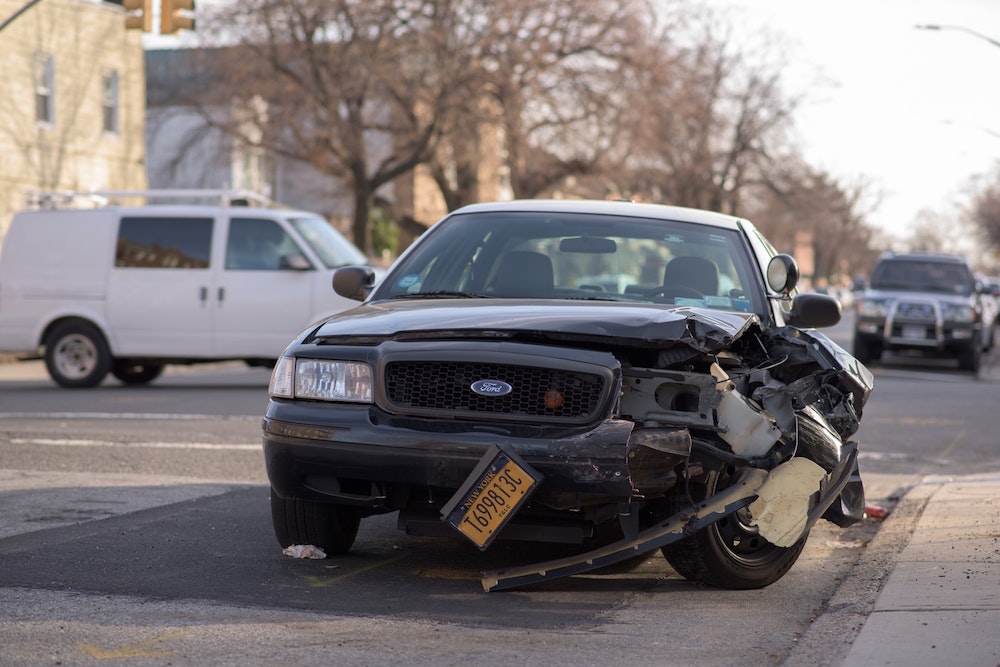
Credit: cover.com
Frequently Asked Questions On How Do I Get My Car Repaired After An Accident
What Is The Average Car Accident Settlement In Texas?
The average car accident settlement in Texas varies widely, typically ranging between $10,000 and $100,000. Factors such as injury severity and insurance policy limits influence the amount.
Is Texas A No Fault State?
Texas is not a no-fault state; it uses a fault-based system for car accidents and insurance claims. Drivers may be held responsible for damages they cause.
How Long Does An Insurance Company Have To Investigate A Claim In Texas?
In Texas, an insurance company usually has 15 days to acknowledge a claim. Following that, they have 15 business days to approve or deny the claim after receiving all necessary items, statements, and forms.
Who Pays For Car Repairs After An Accident?
The responsible party’s insurance should pay for car repairs after an accident. If you’re at fault, your insurance will cover it under collision coverage. Always check your policy details and state laws for specific coverage information.
Conclusion
Navigating car repairs post-accident can be daunting. Yet, with the right insurance details and repair shop, it gets easier. Remember to document everything and ask questions. Trust certified mechanics to restore your vehicle’s safety and performance. Your road to recovery starts with these steps—drive safely!


